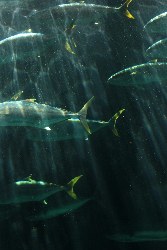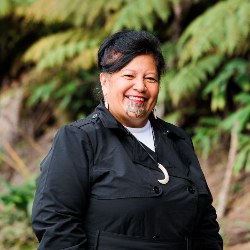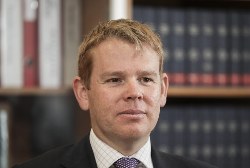Council Pleased With Certainty On Water Bottling From High Court Decision
Environment Canterbury is pleased with a High Court decision that it correctly applied the law and did not exceed its jurisdiction in approving Christchurch water-bottling consents. It also welcomes the clarity the decision provides for those concerned about water bottling and the wider management of water in Canterbury.
“Environment Canterbury’s role is to protect water at its source, and it’s a responsibility we take seriously to ensure water is available now and in the future. We’ve most certainly heard the community’s concern about water and water bottling in particular, but we have to apply the law as it stands, which this decision confirms we have done,” Environment Canterbury Acting Chief Executive Stefanie Rixecker said.
Aotearoa Water Action (AWA) sought a judicial review after Environment Canterbury granted non-notified consents to Cloud Ocean and Rapaki Natural Resources allowing existing consents to take water to be used for water bottling instead of at a meat works and woolscour.
An independent commissioner acting for Environment Canterbury later granted Cloud Ocean consent to take water from a deeper bore, within its existing allocation. AWA argued that the applications were for new water – effectively for a prohibited activity in the fully-allocated Christchurch-West Melton zone, and that the applications should have been declined.
No error found in consent decision process
The High Court decision found no reviewable error in the way the Council dealt with the applications. It confirmed that Environment Canterbury was correct in considering the existing consents to take water as separate from authorisations to use that water, and that a standalone "use" consent for water bottling could be relied on to authorise the use of water taken under another water permit.
The decision noted: “It is not the function of the Court on an application for review to substitute its own decision for that of the consent authority. Nor will the Court assess the merits of the resource consent application or the decision on notification. The inquiry the Court undertakes on an application for review is confined to whether or not the consent authority exceeded its limited jurisdiction conferred by the Act. In practice, the Court generally restricts its review to whether the Council as decision maker followed proper procedures, whether all relevant and no irrelevant considerations were taken into account, and whether the decision was manifestly reasonable.”
The administrative transfer of consents was also not contested, and the Court confirmed that Environment Canterbury was correct to not revisit the effects of the existing consents to take water, and that the plastic bottles resulting from a water-bottling plant were beyond what could be considered as part of a consent to use water for bottling.
Water bottling and Christchurch aquifers
The Court noted scientific evidence given by Environment Canterbury relating to the volume of water in the Christchurch aquifers and that its use was uncontested.
That evidence stated that the water flowing through the aquifers was assessed at 369 million cubic metres per year. Of that, 152 million cubic metres per year is allocated for use by people living and industries based in Christchurch. Of that, 82 million cubic metres per year is allocated to the Christchurch City Council for distribution to households and small businesses – of which about 70 percent was used.
Based on average water usage figures, without allocating any more water, Christchurch could accommodate 17 percent population rise. If average water use were 300 litres per person per day, little more than the current average use of water by Auckland residents, the Christchurch population could rise by 76 percent without requiring any further allocation. The 10 million cubic metres allocated per year for water bottling was about 2.7 percent of the water in the Christchurch aquifers.


 Gordon Campbell: On bird flu, AUKUS entry fees and Cindy Lee
Gordon Campbell: On bird flu, AUKUS entry fees and Cindy Lee NZ Government: New Lab To Help Protect Key Pacific Tuna Fisheries
NZ Government: New Lab To Help Protect Key Pacific Tuna Fisheries Susan Botting - Local Democracy Reporter: Ruawai Leader Slams Kaipara Council In Battle Over $400k Property
Susan Botting - Local Democracy Reporter: Ruawai Leader Slams Kaipara Council In Battle Over $400k Property Te Pati Maori: Another ‘Stolen Generation’ Enabled By Court Ruling On Waitangi Tribunal Summons
Te Pati Maori: Another ‘Stolen Generation’ Enabled By Court Ruling On Waitangi Tribunal Summons Peace Action Wellington: Die In for Palestine Marks ANZAC day
Peace Action Wellington: Die In for Palestine Marks ANZAC day Labour Party: Penny Drops – But What About Seymour And Peters?
Labour Party: Penny Drops – But What About Seymour And Peters? Government: PM Announces Changes To Portfolios
Government: PM Announces Changes To Portfolios


